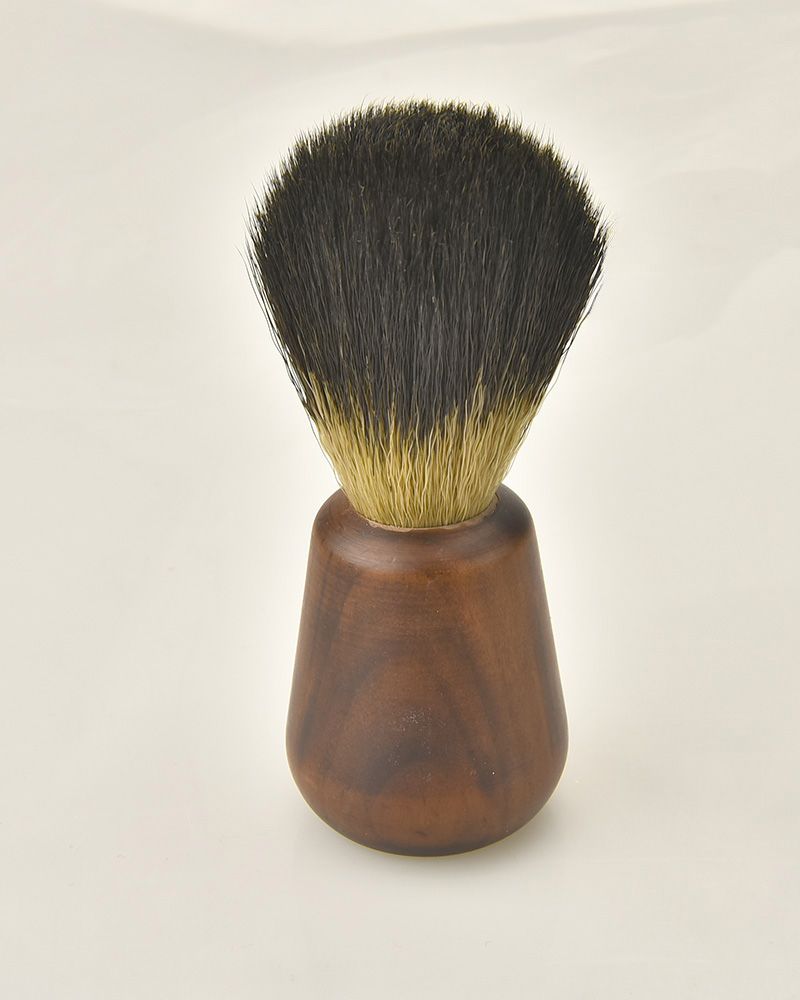Industry news
Synthetic Bristle Innovation Grants: Funding for Sustainable Filament Research
- 314 Views
- 2025-11-04 02:32:18
Synthetic Bristle Innovation Grants: Driving Sustainable Filament Research for the Shaving Industry
Synthetic bristles have become a cornerstone of modern personal care, particularly in shaving brushes, where their durability, softness, and water retention make them a popular alternative to natural hair. However, the industry now faces a critical challenge: traditional synthetic filaments, often derived from fossil fuels like polyester or nylon, raise pressing environmental concerns—from non-biodegradable waste to high carbon footprints. As global regulations tighten and consumers increasingly prioritize eco-friendly products, the need for sustainable innovation in synthetic bristle production has never been more urgent. Enter Synthetic Bristle Innovation Grants: dedicated funding initiatives designed to accelerate research into sustainable filaments, bridging the gap between environmental responsibility and high-performance personal care tools.

At the heart of these grants lies a simple yet transformative goal: reimagine synthetic bristle materials and manufacturing processes to align with circular economy principles. Traditional synthetic bristles, while functional, rely on virgin plastics that persist in landfills for centuries. By contrast, sustainable filament research aims to replace these with low-impact alternatives without compromising the performance that defines quality shaving brushes—softness to avoid skin irritation, resilience to maintain shape, and compatibility with shaving creams.
So, what does this research entail? Funding programs typically prioritize three key areas. First, biobased material development is a focal point. Scientists are exploring polymers derived from renewable resources, such as plant-based starches (e.g., corn or sugarcane) or algae, to create filaments that degrade naturally post-use. For instance, polyhydroxyalkanoates (PHA), produced by microorganisms, offer biodegradability in marine and soil environments while maintaining the tensile strength needed for bristle durability.
Second, grants support circular manufacturing processes. Conventional filament extrusion often involves energy-intensive heating and chemical treatments. Sustainable research is optimizing these steps: using recycled feedstocks (e.g., post-consumer plastic waste) to reduce reliance on fossil fuels, or integrating low-temperature plasma treatment to enhance bristle surface properties without toxic solvents. Such innovations not only cut carbon emissions but also lower production costs over time.

Third, performance validation is critical. Sustainable filaments must match—or exceed—the functionality of traditional synthetics. Research here focuses on balancing eco-friendliness with user experience: testing water absorption rates (vital for lathering in shaving brushes), bristle flexibility (to prevent skin abrasion), and long-term wear resistance. Advanced testing methods, like accelerated aging simulations, ensure these filaments can withstand repeated use, a must for consumer trust.
The impact of these grants extends far beyond lab benches. For manufacturers, sustainable filaments unlock access to eco-conscious markets—where 73% of consumers, according to recent industry reports, are willing to pay premium prices for environmentally responsible personal care products. For the planet, they reduce plastic pollution and carbon footprints: a single shaving brush with biobased bristles could divert 15-20 grams of non-biodegradable plastic from landfills annually, scaling exponentially across global markets.

Moreover, innovation grants foster collaboration across the value chain. By connecting material scientists, manufacturers, and regulatory bodies, they streamline the transition from research to commercialization. Early-stage startups, for example, can leverage grant funding to prototype new filaments, while established brands gain access to cutting-edge technologies that differentiate their product lines.
As the shaving industry pivots toward sustainability, Synthetic Bristle Innovation Grants are not just funding research—they’re reshaping the future of personal care. By prioritizing eco-friendly materials, circular processes, and uncompromised performance, these initiatives ensure that synthetic bristles remain a viable, responsible choice for generations to come. For manufacturers and consumers alike, the message is clear: sustainable filament research isn’t just an environmental imperative—it’s the key to staying competitive in a rapidly evolving market.











